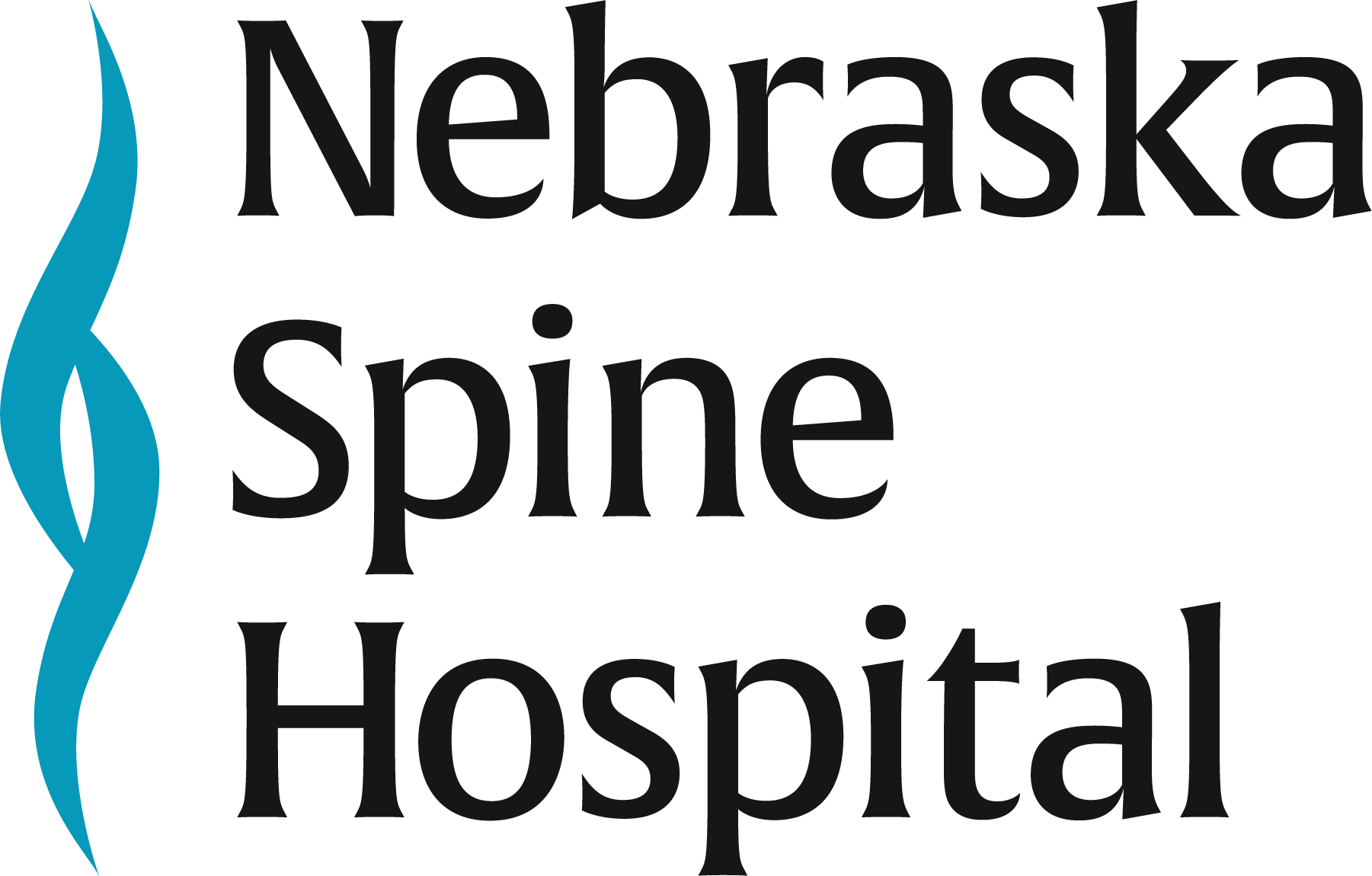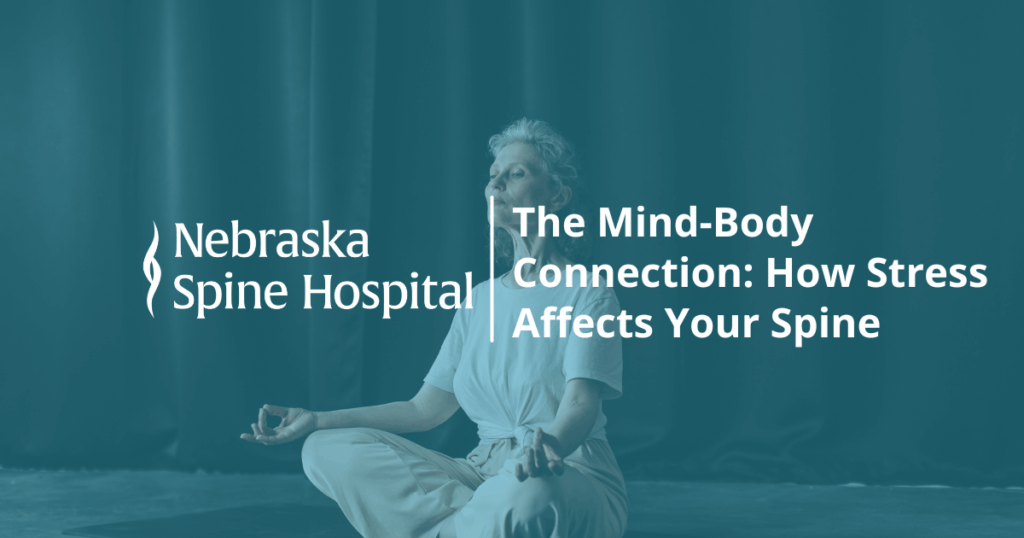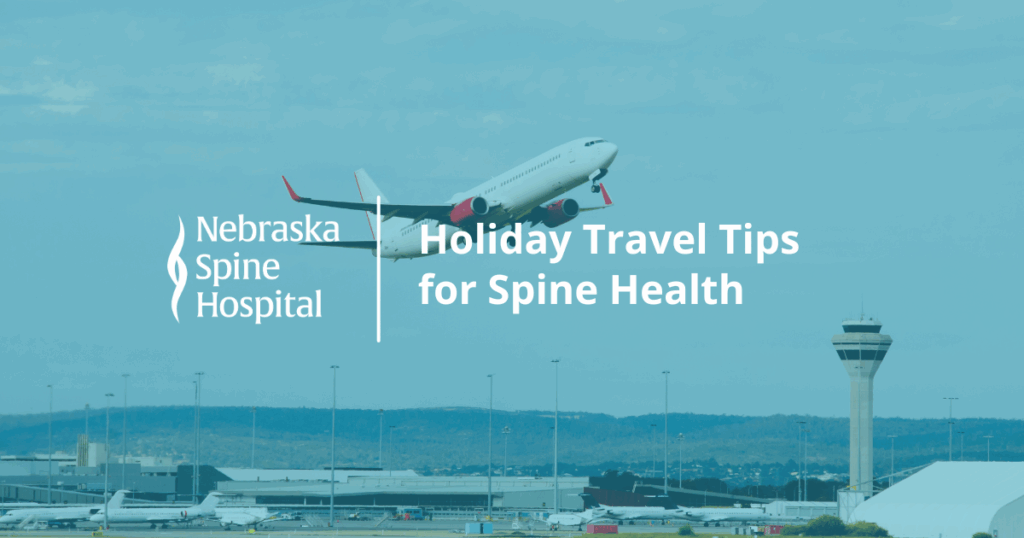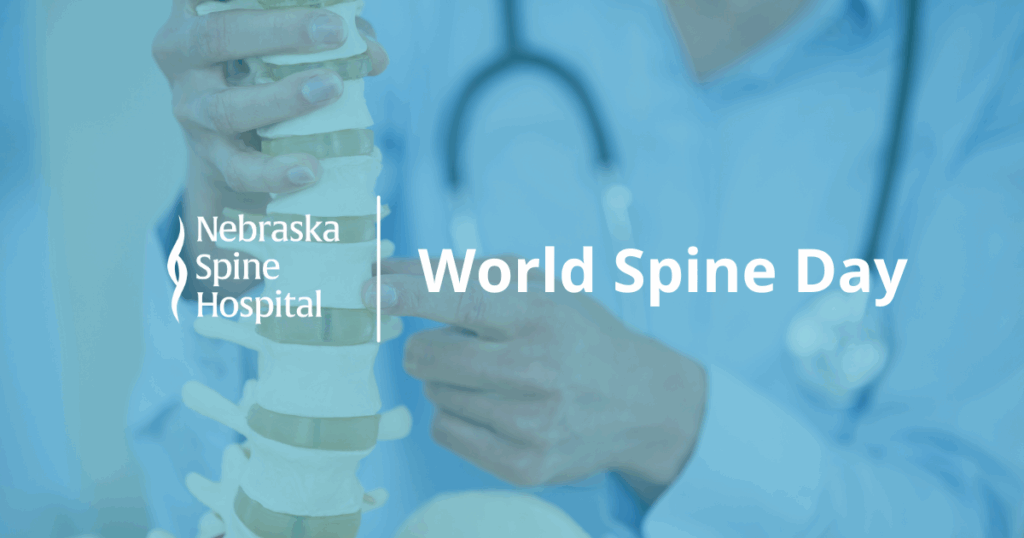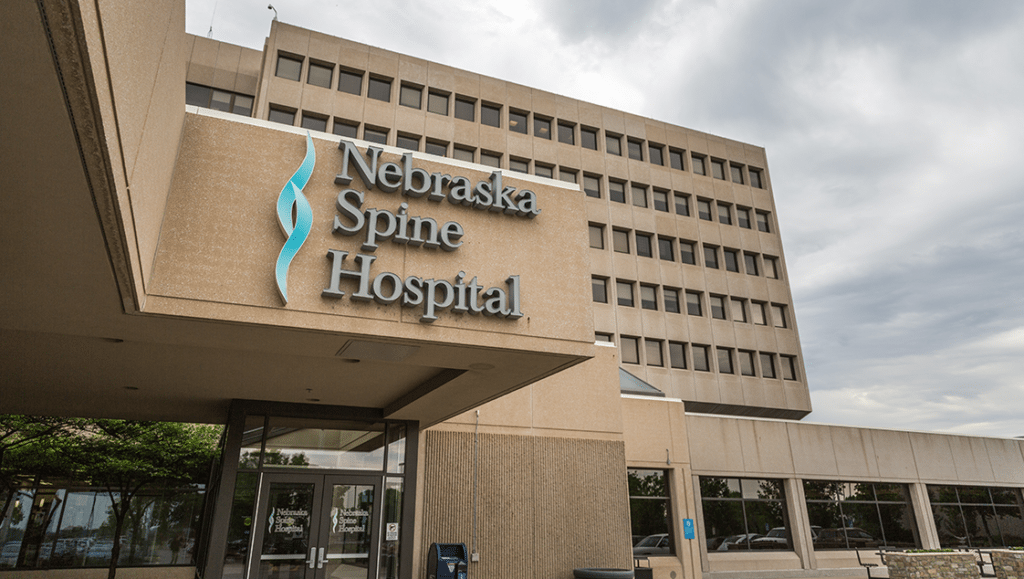Cervical discectomy procedures are performed to relieve the pressure on nerves from a herniated disc. A disc herniates when the outer portion of the disc ruptures and some of the softer disc nucleus material squeezes out. The herniated disc pushes against the spinal cord or spinal nerves and causes pain in the neck or arms.
Removing the herniated disc alleviates pressure on the nerves or spinal cord relieving the pain. A fusion surgery is almost always done at the same time as the discectomy to stabilize the cervical segment. When the incision is made on the front of the neck the procedure is called an anterior cervical disc fusion (ACDF).
Removing the Herniated Disc
To remove the herniated disc an incision is made to one side of the neck. Through this incision the front of the cervical spine and the herniated disc is exposed. Surgical instruments are used to remove a portion of the herniated disc to alleviate pressure on the nerve.
After the disc material is removed a bone graft is placed between the vertebrae to add stability. Bone graft keeps the disc space at a normal height and fuses the vertebrae above and below the removed disc.
A metal plate is placed over the bone graft. Four screws are placed through the plate to the vertebra. The metal plate provides additional support while the bone graft grows in place fusing the vertebrae.
Benefits of ACDF Procedure for Herniated Disc Surgery
Generally spine surgeons prefer the anterior approach because it provides good access to the spine through a relatively uncomplicated pathway which results in decreased post surgery pain for the patient. All things being equal, the patient tends to have less incision pain from this approach than from a posterior operation.
For additional information on herniated disc surgery please read this article from Spine-Health.com.

